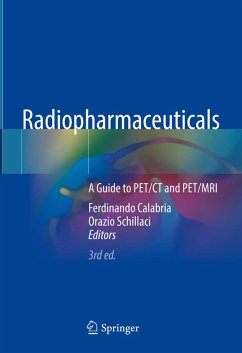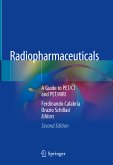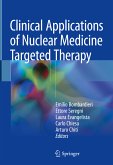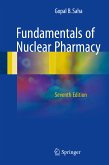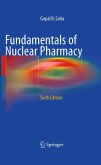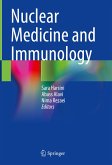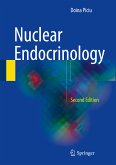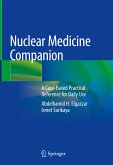Gaining knowledge on radiopharmaceuticals is often difficult, since their features can be only found in single original journal articles.This book aims to present to the reader, in one single place, clinical features, indications and future trends for PET imaging with a large amount of tracers. While 18F-FDG still remains the miliar stone across PET tracer, new emerging fields of application of PET imaging are consolidated by using disease specific tracers in specific clinical settings.
Each chapter is focused on a single tracer or on a group of similar tracers. The basis and structure of the chapters is the same throughout the book: essential information on synthesis and in vivo distribution of a tracer, clinical cases, eloquently showing clinical indications and usefulness, future trends, scientific literature.
Featuring over 30 radiopharmaceuticals and 240 clinical cases, the 3rd edition has been enriched with additional chapters on the clinical indications and/or common pitfalls for 18F-fluciclovine PET/CT in prostate cancer imaging and for 18F-MISO in PET tumor hypoxia imaging, as well as applications and future directions for 18F-FES and other PET radiopharmaceuticals.
All other chapters of the previous edition have been revised and updated, in particular those chapters covering 18F-DOPA, radiolabeled choline, and 18F-NAF, due to emerging clinical applications for these tracers, 18F-choline for imaging of parathyroid adenoma and 18F-DOPA for restaging of medullary thyroid cancer.
The book will be an invaluable guide for professionals and residents in nuclear medicine, radiology, oncology.
Dieser Download kann aus rechtlichen Gründen nur mit Rechnungsadresse in A, B, BG, CY, CZ, D, DK, EW, E, FIN, F, GR, HR, H, IRL, I, LT, L, LR, M, NL, PL, P, R, S, SLO, SK ausgeliefert werden.

